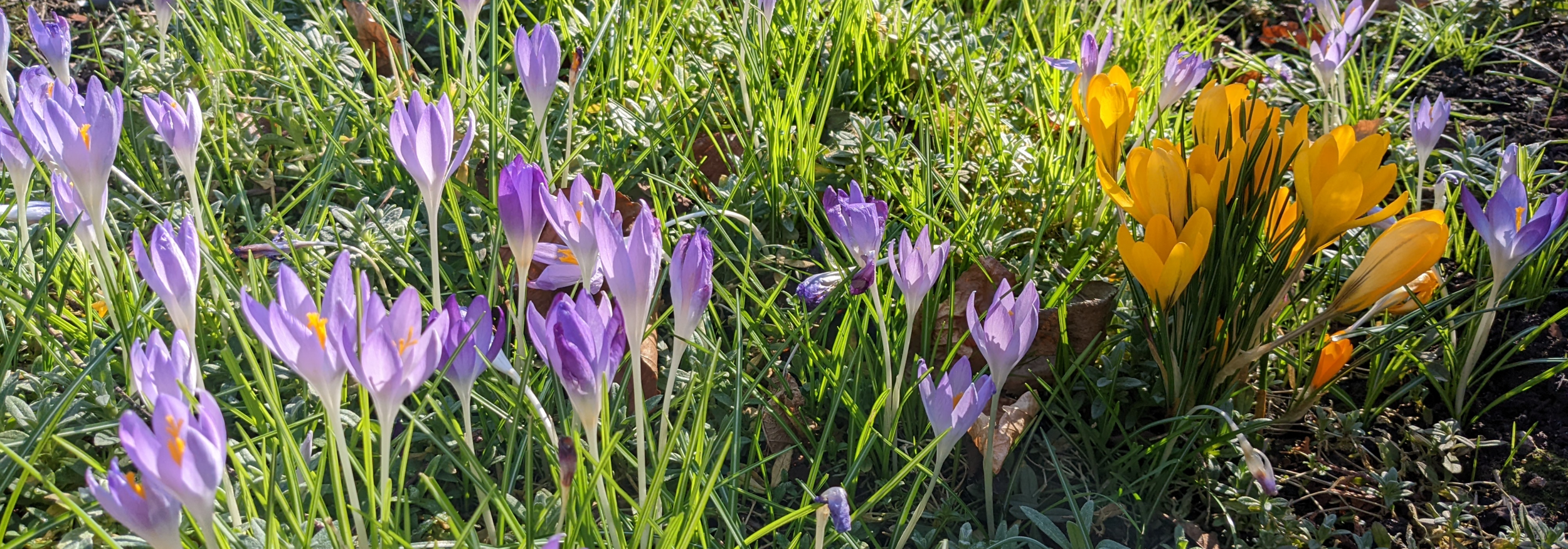Mistletoe
/Above my front door is a rather rusty hook which looks as if it’s been there since the house was built 500 years ago. Presumably, it was once used to hang a lantern on, although I hope previous residents were shorter than we are today, as concussion could easily occur! In more recent times the hook has been put to use for a bunch of mistletoe (softer on the head…) during the Christmas period after I discovered that hanging it inside resulted in shrivelled leaves and brown berries and plastic bunches just aren’t the same!
Mistletoe has been used in mid-winter celebrations for millennia. It was a sacred plant for some earlier cultures and religions, including Druids, ancient Greeks, and Norsemen; a vital part of many rituals, often associated with peace making and reconciliation. For the Druids it had magical powers, including the ability to bestow life and fertility. Norse legends show it as a plant of peace under which enemies or warring spouses could declare a truce, sometimes by a kiss. These beliefs are reflected in the tradition at York Minster of placing a bunch of mistletoe on the high altar on Christmas Eve to symbolize forgiveness and healing. The tradition of kissing beneath mistletoe may have appeared in eighteenth century England, when it became fashionable to hang up a kissing ball (a ball of greenery with a sprig of mistletoe hanging from it) in the house at Christmas. A berry was removed after each kiss until all the berries had gone.
Mistletoe on an oak tree
European mistletoe (Viscum album) is a hemiparasitic plant (it contains chlorophyll and so can photosynthesise, but also uses a modified root to penetrate the bark of the host tree to form a connection through which water and nutrients pass from host to itself) and can be found on an assorted range of trees, but often on apple, lime, hawthorn, and poplar here in the UK. Before I tell you how to grow your own, I’d better come clean. I have tried to grow it for years on ancient apple trees with no success, it seems that nature knew better and now the poplars on the edges of the garden are festooned with bunches, all tantalisingly out of reach. If you want to try yourself, don’t use berries taken from the sprigs cut at Christmas as they aren’t mature. Wait till March or April.
In the spring, choose a branch 6-10cm or more in girth where the seedling will receive good light. Remove as much of the sticky sap as possible, you will find that it sticks very well to you… Smear the seeds onto the chosen branch – some experts advise cutting a small flap in the bark and placing the seeds below that to protect them from birds. Not doing that could be the reason why the plants here grow in places I hadn’t planned for. Spraying the seeds with water in dry periods is thought to help germination and male and female plants are needed, so the more you try, the better. Have patience, mistletoe grows very slowly, you may have berries in 5 years, and hopefully on the trees you placed them on!
Image credits: Mistletoe, Getty Images; Mistletoe on an oak tree, © Galam/Fotolia.



